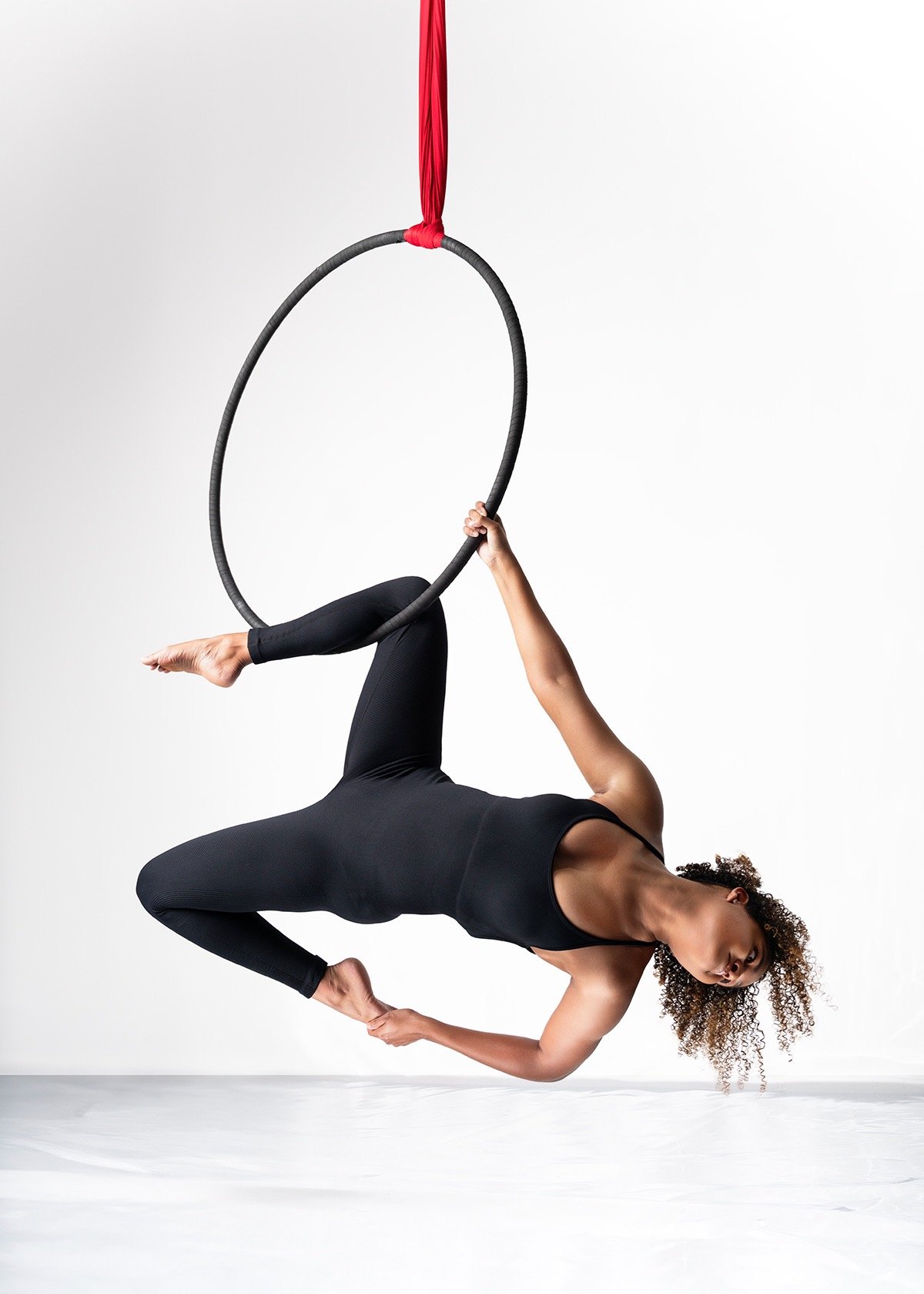Get Above Ground with Us!
What is Aerial?
Click here to learn about the discipline, and see descriptions of apparatuses offered at Above Ground












































































New Client Special
4 classes for just $82!
Complete our Intake Form to receive your code for 40% off!
How to Book your First Class
Step 1
Complete our Intake Form and receive a discount code for 40% off your first package of 4 classes
Step 2
Purchase a Class Package. Don’t forget to use your new client discount code!
Classes can be paid for in full on a class by class basis, but purchasing packages gives you discounts on each class and open practice.
Step 3
Book your first class! Browse classes by class type, or by schedule.
Step 4
You’re all set for your first class!
Please bring a bottle of water. Wear athletic wear or comfortable clothing you can move and stretch in! Leggings are strongly encouraged. No zippers, jewelry or any metal on the apparatuses allowed.




















